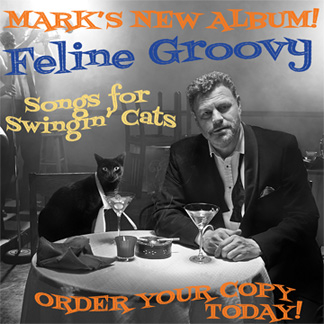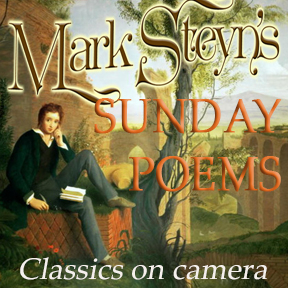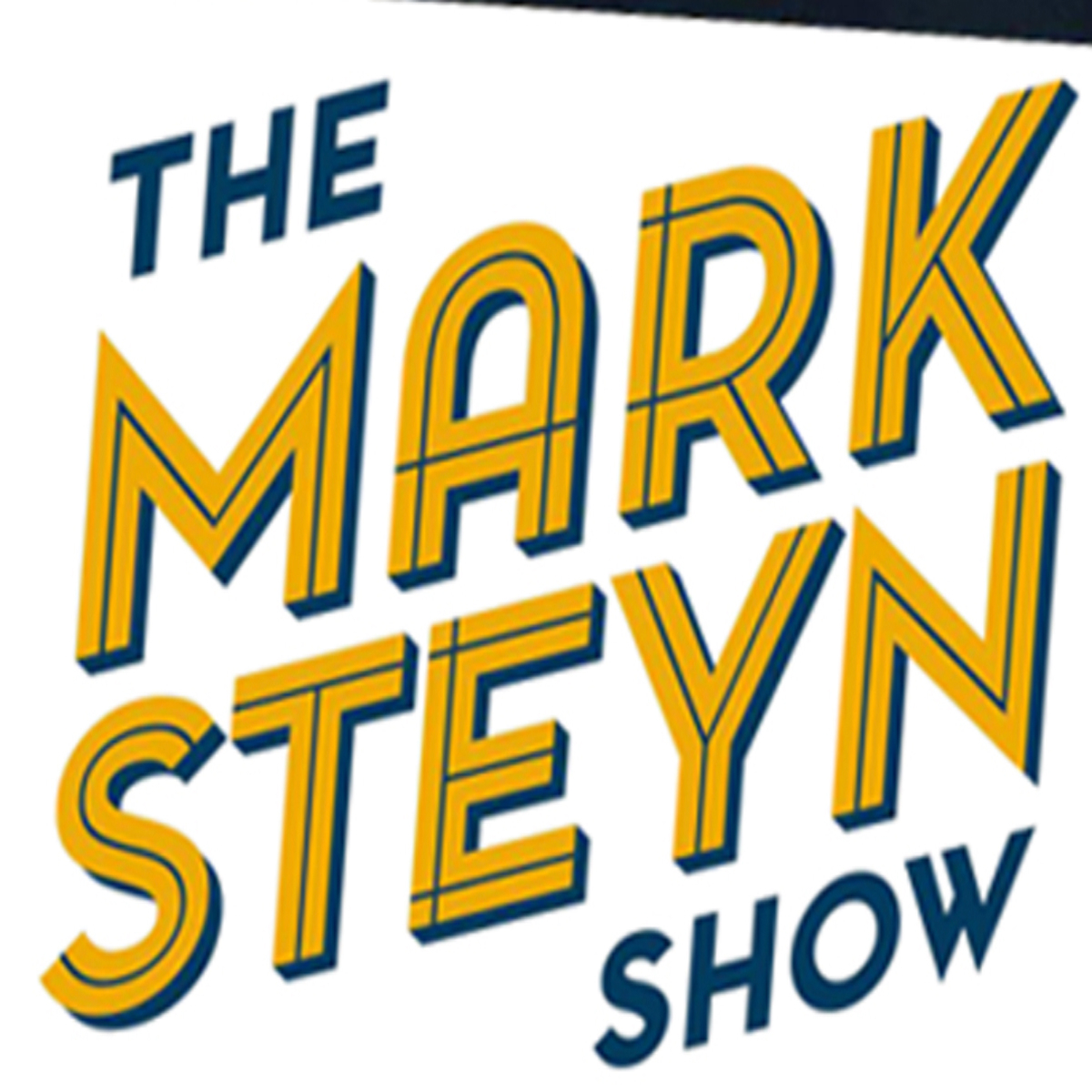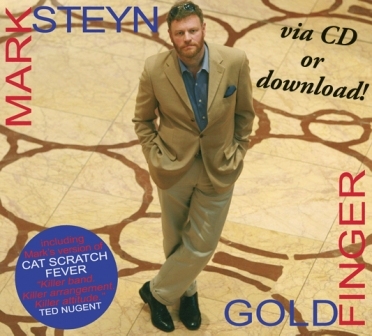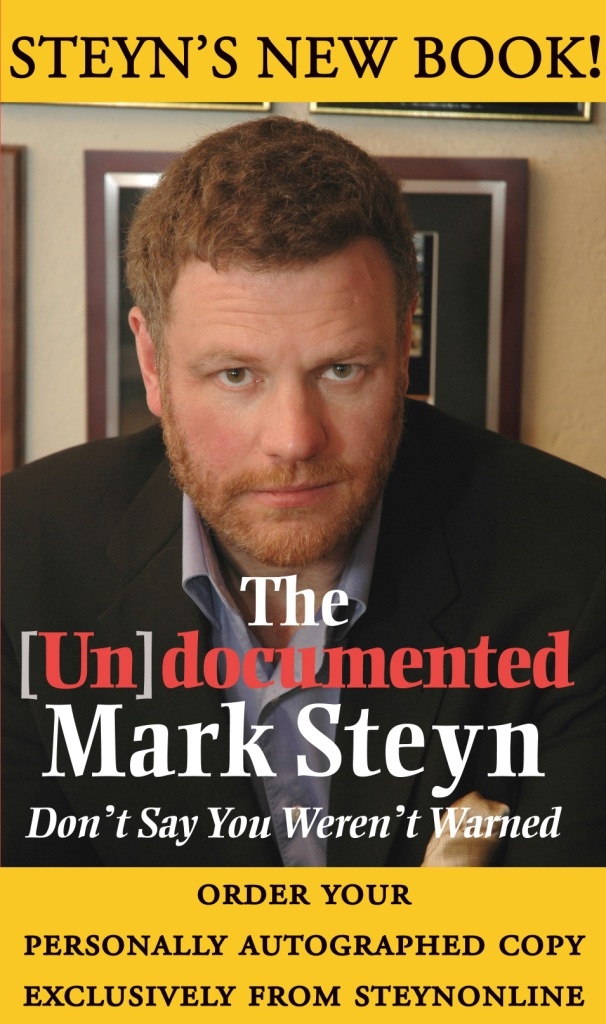I liked Christopher Nolan's Interstellar because the bad guy was a fraudulent climate scientist called Dr Mann. So I was hoping Dunkirk might feature a sadistic Gestapo officer called Obergruppenklimatführer Mann. But Dunkirk is not that kind of a war film. Indeed, Christopher Nolan says it's not a war film at all but a survival movie. And in May of 1940 it was not a question merely of individual survival, but of national survival, too.
Nolan belongs to the last generation of Britons for whom the word Dunkirk is of mythic proportions. He's pushing fifty, and I find it hard to believe it means as much to those born in the Nineties. Beyond the Commonwealth, and certainly in America, Dunkirk signifies nothing. But in dear old Blighty it cast, as I wrote the other day, a very long shadow:
...the "miracle" (Churchill's word) of evacuation that saved the British Expeditionary Force (including significant numbers of Canadians, as our many RCL readers won't need reminding) and critical elements of the French and Belgian armies from certain capture or death by the Germans. The event resonated throughout Britain and the Commonwealth for half-a-century and was far more central to a people's sense of themselves than any of the more obvious triumphs: "The Dunkirk spirit" is shorthand for snatching victory from certain defeat by muddling through, backs against the walls, improvising as one can, and, without making a lot of fuss about it, never giving up. Yes, it has a big dollop of self-flattery, but right now we could use a bit more of that in the western world, don't you think?
There is something about the close shave, the near miss that appeals to the British far more than the decisive overwhelming victory. Likewise, in lieu of machine-like precision, they prefer the game amateur, in this case represented by the 700 "little ships" - the fishing boats and pleasure craft, dispatched from England across the Channel to rescue over 300,000 professional soldiers from the beaches of northern France where they had been cornered by the Krauts and were facing a catastrophe that would have changed the course of the 20th century.
If you want that kind of historical context you'll be better off with the last film I saw called Dunkirk, a 1958 Ealing picture I mostly remember for Dickie Attenborough doing one of his spivvy turns as a war profiteer. In this new Dunkirk, I don't believe the Germans are ever mentioned by name.The "Previously in World War Two..." backstory is confined to a handful of lines of type at the front of the picture - and then we're off and running, literally. Out of nowhere, in a dour residential street, a group of soldiers is fired on, and within seconds a young Tommy called Tommy finds he's the only one left alive, drops his rifle, and runs, and runs, until he reaches the promenade - where some twenty divisions are all lined up, patiently queuing to evacuate a newly Nazified continent as if they're pensioners at a bus stop waiting for the Number 23 to bingo night. When the going gets tough, the tough get queuing.
Tommy (Fionn Whitehead) is less patient, presumably because he's just seen his entire unit gunned down. I say "presumably" because Nolan doesn't bother with dialogue, motivation, exposition - where he's from, the girl back home, the picture in the pocket, all the usual fare of war movies. The nearest to a war-movie character is Kenneth Branagh as the Royal Navy's pier-master for the evacuation, a role that in a traditional war movie would have gone to John Mills or better yet Kenneth More - my preferred Kenneth for these purposes. Branagh's stiff upper lip isn't quite stiff enough for me: indeed, he tears up at one point. Beyond our Ken, Christopher Nolan is thinking more elementally: land, sea, air. Thus up on screen appear three explanatory labels: "The mole. One week." "The sea. One day." "The air. One hour." This is Dunkirk from three vantages: first, the mole, the great stone pier in the harbor; then the English Channel, through a small boat, the Moonstone, and its three-man crew; and finally the skies, via a couple of Spitfire pilots. The week-day-hour subtitles refer to how long the ensuing action takes. Nolan interweaves his three stories and fractures time, so that twelve minutes into the Spitfire flight appears before six hours into the sea voyage appears before Tuesday evening on the mole, etc. I'm sure it all makes sense in the press kit, but I didn't get the feeling many of the paying customers grasp the structure. Yet it doesn't matter: The point is, whether on the week or day or hour time-scale, it's happening now. That's the nature of war: yesterday is gone, and it may be (in the words of a wartime hit) a lovely day tomorrow, but war shrinks life to the moment, to a hyper-vivid present. And all the more vivid because Nolan has chosen to conjure it without CGI.
Each viewpoint also has an emotional key: desperation, duty, pluck - explored singly, but a winning combination. On the front at Dunkirk, Tommy is desperate. He tries to queue-jump - greatest of all sins - by grabbing a stretcher and ferrying a wounded man to the ship. They take the injured bloke, but turn him back. He hides below the jetty, waiting for the next boat out, but the Luftwaffe bomb it. When he eventually gets aboard a Dover-bound vessel, it's torpedoed. He hides out in a ship at anchor, but the Germans fire on it. Yet he runs, leaps, swims on to whatever's next - because as long as something's next, he's alive.
By contrast, the captain of the Moonstone is a sea of calm in the turbulence of the English Channel. As Mr Dawson, Mark Rylance is the quiet center of the picture. He didn't have to go himself - many of the Little Ships were simply requisitioned by the Navy - but once he's put to sea with his teenage son and another local lad Mr Dawson, in the same white shirt, tie and pullover he'd wear to the pub on a Sunday evening, does his duty. He is taciturn and unemotional, except for occasional rhapsodies about the Spitfire. "Rolls-Royce Merlin engine," he reassures his lads, who can't tell whether the approaching thrum is one of theirs or one of Jerry's. "Sweetest sound you could hear out here..."
Up in the sky, Farrier is an RAF pilot with an hour's fuel, and played by the second most famous face in the picture. We don't actually see the face - Tom Hardy's - until the final moments of the movie. Up till then he's suited up, with just the goggled eyes to hint at the celeb visage beneath, Still, he's doing some world-class eyeball acting. The eyes have it sufficiently to communicate that the choice he's about to make will have consequences for him personally, and that he's prepared to accept them.
My old boss Conrad Black is critical of Dunkirk because he feels it might usefully have educated millennial dimwits as to who this chap Hitler was, other than the warm-up act for Trump, who runs over their safe spaces like the previous Führer did Belgium. But, as Nolan says, Dunkirk is not a war movie: There are no scenes of commanders poring over maps back in Whitehall basements. Churchill's famous speech - "We shall never surrender" - is heard, but not in those sonorous Winstonian tones, only through the voice of an exhausted private reading it from a local newspaper. The flat and halting delivery oddly reinvigorates the familiar words: their power transcends the performance. So Lord Black is critiquing a picture Mr Nolan chose not to make. But nor is Nolan quite right that this is not a war movie but a survival picture. I don't think whether anybody survives or not is what matters. Instead, a film without characters (in the conventional sense) is a film about character. That's what counts: the character of the British people, in the wretched spring of 1940. There is chaos everywhere - great battleships upturned in minutes, the sea aflame - but amidst it all the people are sure.
In that sense, as important as the Spitfire is, so too are the great urns of tea and bread and jam that greet the Tommies whenever they find refuge. God knows what the French made of them: perhaps it was the moment when the bleak reality of exile was finally made plain. The jolly ladies proffering "a nice cup of tea" to the wounded die as easily as soldiers and sailors do, but, like Mr Dawson, they are doing their duty, uncomplainingly. I have no idea of Christopher Nolan's politics, and in Hollywood one is obliged to be circumspect about even the mildest deviation from the conventional pieties. Nevertheless, whether by intent or not, he has made a film that celebrates the character of a people, and the virtues that enabled them to snatch a mad, improvised victory in the midst of what seemed their darkest hour. After all, even after Dunkirk, the possibility of invasion and conquest was very real. Nobody had to explain what was at stake: That's why they cast off from their sleepy fishing coves; that's why they put the tea on.
They won the war, and lost their country anyway. Britain's new invaders arrive at Dover, and Heathrow and Gatwick, every day of the week, annexing territory and incubating therein the men who run you down on London bridges, and stab you in restaurants, and blow you up at pop concerts, and decapitate you in the streets. A little after mid-century, there'll still be bluebirds over the White Cliffs of Dover, but the "white British" - ie, the men and women seen in this film - will be a minority in their own islands. Watching Nolan's Dunkirk, you don't get, as Conrad Black says, much sense of why the British Expeditionary Force was on the run, but you do a get a sense of how a people who share the same assumptions will share the burdens and sacrifices, too. In a lost Britain, it will not be like that again.
~If you disagree with Mark's movie columns and you're a member of The Mark Steyn Club, then feel free to go full Luftwaffe on him in the comments. Club membership isn't for everybody, but it helps keep all our content out there for everybody, in print, audio, video, on everything from civilizational collapse to our Saturday movie dates. So do have at it in the comments section.
Eagle-eyed filmgoers will notice that Dunkirk features three British ensigns - the Blue, Red and White St George's Ensign. If you like your ensigns, there are more from the Caymans to the Cook Islands in the first issue of our new Club newsletter, The Clubbable Steyn. For more on The Mark Steyn Club, see here.









